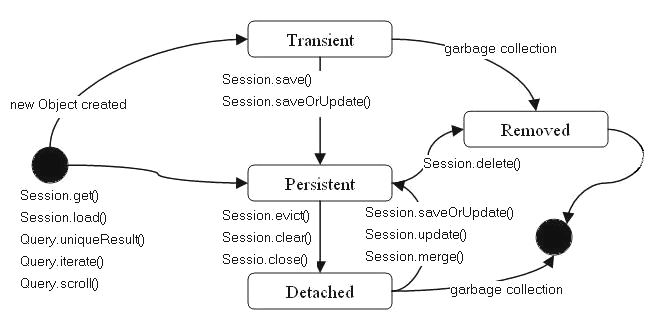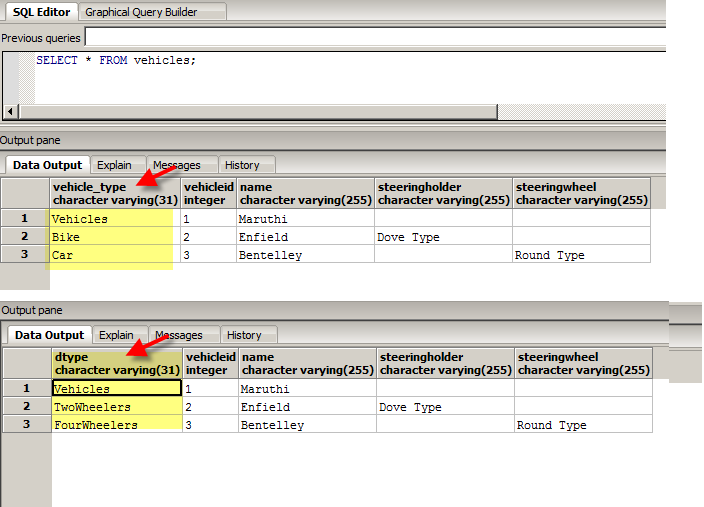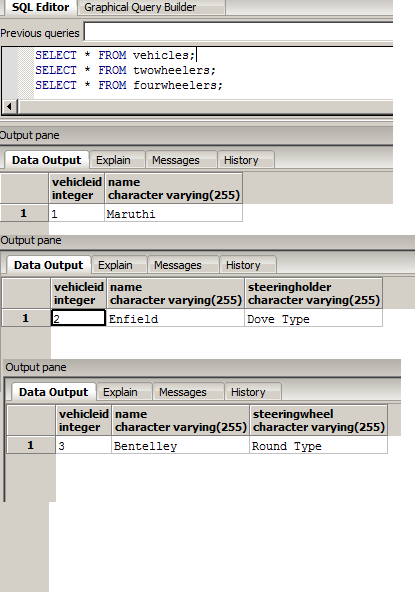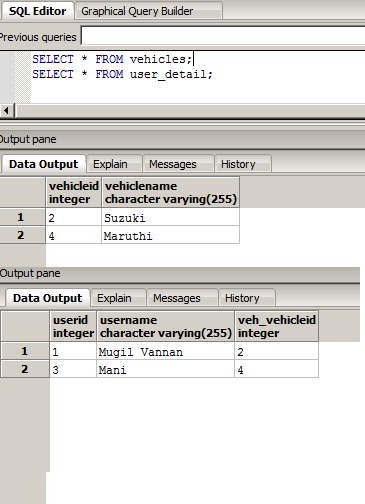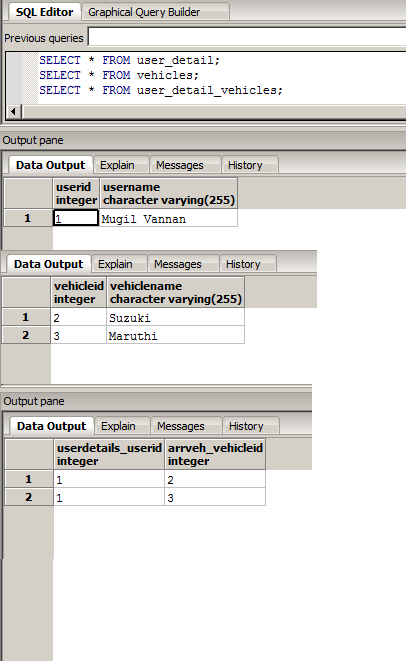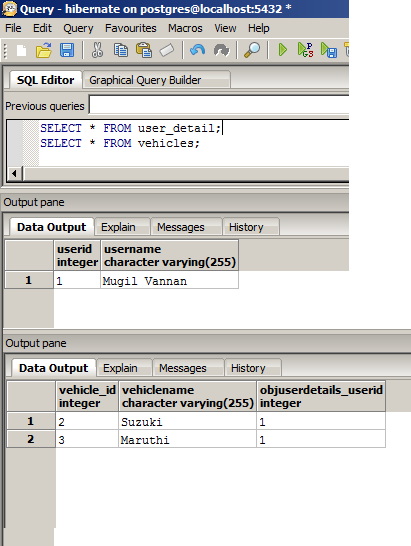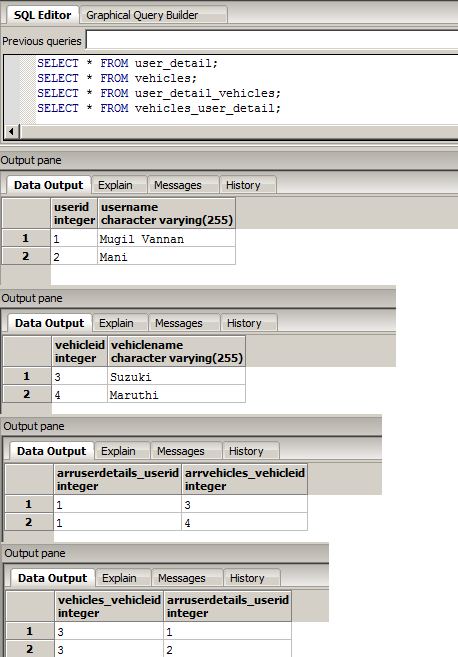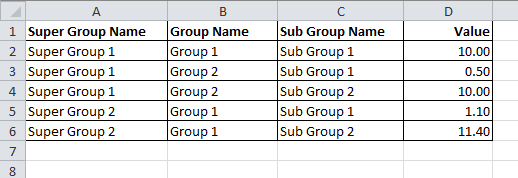1.What is the difference between annotations @Id and @GeneratedValue
@Id
@GeneratedValue(strategy = GenerationType.IDENTITY)
@Column(name="id")
private Integer id;
@Id
In a Object Relational Mapping context, every object needs to have a unique identifier. You use the @Id annotation to specify the primary key of an entity.
@GeneratedValue
The @GeneratedValue annotation is used to specify how the primary key should be generated. In your example you are using an Identity strategy which indicates that the persistence provider must assign primary keys for the entity using a database identity column.
Notes
- The difference between @Id and @GeneratedValue can be clearly observed while switching from OneToOne and OneToMany Mapping where the OneToOne Mapping requires only ID to insert values for both the table whereas OneToMany Mapping table insertion depends on values inserted in one and other table.
- @GeneratedValue creates a sequence maintained at database
2.Sequence vs Identity
Sequence and identity both used to generate auto number but the major difference is Identity is a table dependant and Sequence is independent from table.
If you have a scenario where you need to maintain an auto number globally (in multiple tables), also you need to restart you interval after particular number and you need to cache it also for performance, here is the place where we need sequence and not identity.
When @Id is used the value count starts from 0 where as when @GeneratedValue is used the count starts from 1
3.What is difference between OneToMany and ManyToOne Mapping?
For example, if a user, a company, a provider all have many addresses, it would make sense to have a unidirectional between every of them and Address, and have Address not know about their owner.
Suppose you have a User and a Message, where a user can have thousands of messages, it could make sense to model it only as a ManyToOne from Message to User, because you’ll rarely ask for all the messages of a user anyway.
In One-to-many you keep the reference of many objects via (set, list) for the associated objects. You may not access the parent object from the items it is associated with. E.g. A person has many skills. If you go to a particular skill you may not access the persons possessing such skills. This means given a Skill ,s, you’ll not be able to do s.persons.
In Many-to-one many items/objects will have reference to a particular object. E.g. Users x and y apply to some job k. So both classes will have their attribute Job job set to k but given a reference to the job k you many not access the objects that have it as an attribute job. So to answer the question “Which users have applied to the job k?”, you’ll have to go through the Users list.
One-to-Many: One Person Has Many Skills, a Skill is not reused between Person(s)
Unidirectional: A Person can directly reference Skills via its Set
Bidirectional: Each “child” Skill has a single pointer back up to the Person (which is not shown in your code)
One-to-Many: One Person Has Many Skills, a Skill is not reused between Person(s)
Unidirectional: A Person can directly reference Skills via its Set
Bidirectional: Each “child” Skill has a single pointer back up to the Person (which is not shown in your code)
Many-to-Many: One Person Has Many Skills, a Skill is reused between Person(s)
Unidirectional: A Person can directly reference Skills via its Set
Bidirectional: A Skill has a Set of Person(s) which relate to it.
4.Difference between Unidirectional and Bidirectional associations?
Bidirectional relationship provides navigational access in both directions, so that you can access the other side without explicit queries. Also it allows you to apply cascading options to both directions.
When we have a bidirectional relationship between objects, it means that we are able to access Object A from Object B, and Object B from Object A.
Unidirectional – means only allow navigating from one side of the mapping to another. For example in the case of a one-many mapping, only allow navigation from the one side to the many side. Bi-directional means to allow navigation both ways.
Continue reading →
